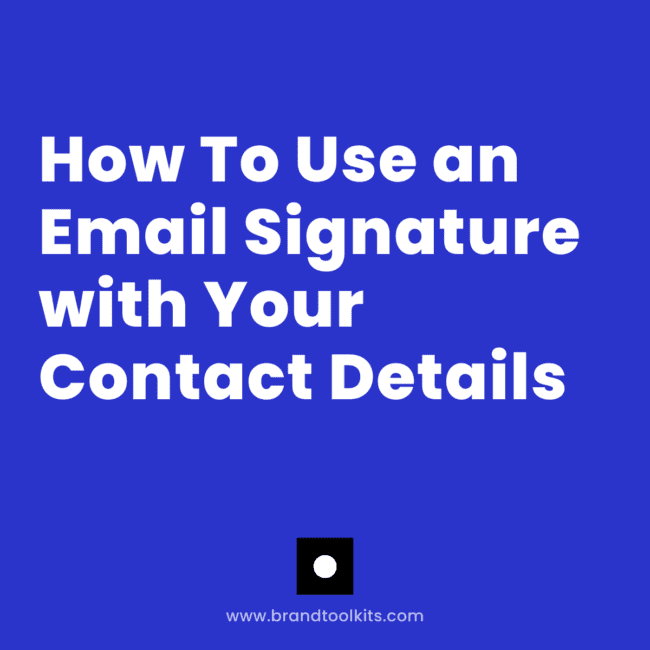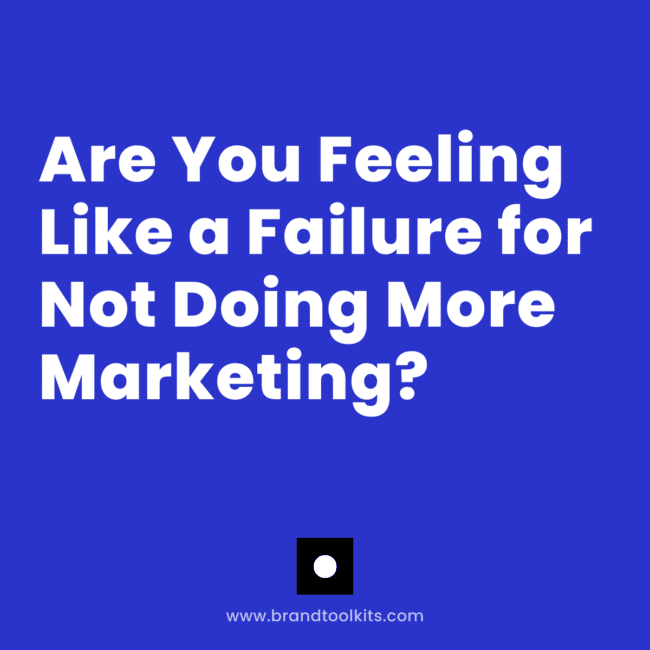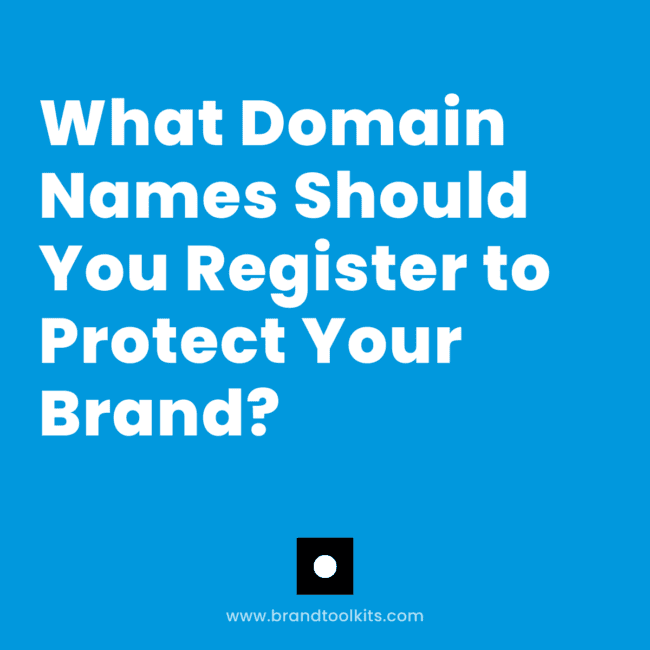
Rebranding your business is more than just updating the design or logo.
Though rebranding your company is a complex process, it is made lot easier if you go about it in an organized manner.
Many business owners think that a brand update is as simple as hiring someone to update their logo and website. However, this rarely leads to success because the person you hire has to be able to get inside your head and understand your business–from both your perspective and that of your potential clients.
To illustrate that branding is a process, let’s take a look at common phases of decision-making and action. Each phase is made up of multiple steps, which I won’t go into in this post.
Though there are other moving elements and other things to prepare along the way, I don’t intend for these phases to make it look like something you can do with no effort. Rebranding is much easier when you begin with strategy and an understanding of what it involves. This will set your expectations so you can plan your time, money, and energy effectively.
Phase 1 – Clarify Your Reasons for Rebranding
Rebranding could have a number of different goals for a business. Some businesses rebrand because they are losing market share or clients to competitors. Some think their present brand doesn’t fairly represent their actual business practices. Others redo their branding to appeal to new markets or to reflect changes in the goods and services they provide. They may just simply want a refresh.
Clearly state the purpose or rationale behind the rebranding to start. This will guide all of the other major decisions.
Phase 2 – Take Stock
Considering that you will be changing both your brand and your market position, the second step is to take stock of the current situation.
- Consider your current brand, why it’s no longer relevant to you, and what you want to change or keep
- Gather information about your market, including current trends, changes in your industry, and the activities of your competitors
- Feedback from your audience and data to guide you in creating the right brand for them
- An assessment of your company from top to bottom, which includes business goals, internal operations, vision, values, and so on.
All of this analysis should be based on objective data and not merely your assumptions, especially data about the market and your clients.
Phase 3 – Plan for the Big Change
By now you are aware of the state of your business and you have a clear vision of what your new brand ought to represent. Now get to work bringing about this transformation. The right strategy is the first step in everything.
You will need to work backward from the overarching objective of the new brand, and list all that has to be done. Determine what resources—financial, human, or otherwise—you will need along the road. To assist with the images for the new brand, for instance, you might need a graphic designer.
Sort what has to be done into milestones and then into things that can be added to a “to do” checklist. Make a schedule for completing each, and allow yourself plenty of time.
At this point, you may realize that a rebrand is a major undertaking, even for a simple brand. You don’t know what you don’t know about all of these areas that impact what you may have just thought of as a logo update.
Don’t worry, understanding this and realizing it is difficult to do-it-yourself (DIY) a rebrand is an essential step to save you time, money, and energy in the long run.
Phase 4 – Making the Change
This phases is going to require a lot of small and big to-dos on your calendar, even if you have gone through this process before. It is rare that a person won’t encounter roadblocks you have to overcome. This is normal! If you plan for the unexpected, this phase will be easier.
Many entrepreneurs have expectations that they can DIY their new brand identity, because they have heard about “easy” DIY tools and templates for design or websites. They don’t think about the effort it takes to sort through millions of templates, or the effort it takes to make them match. Templates can never be used “out of the box”, they always need to be tweaked to your exact specifications.
You need to have a consistent brand identity, which means matching design for multiple types of marketing materials. Thinking this is quick & easy is an unrealistic expectation for most people, especially if you are not a designer.
However, as a business owner, you need to be aware of the types of design that your business needs. Your design needs may include:
Logos & Brand Identity
Every brand identity includes a logo, color palette, fonts & styling to create your custom look & feel. These are used to give your business a professional appearance on your website and in your marketing materials.
Websites
Every business needs a website to attract leads, 24/7. You can relaunch small with just a few critical pages, and then expand as your business grows! While it’s possible to do-it-yourself, if you are not a technical person, it can lead to hours of frustration and big mistakes.
Business Cards & Marketing Materials
Finally, bring your vision to life with business cards & other marketing materials. These can be used with in-person networking to build relationships, attract ideal clients, drive traffic to your website and book sales conversations. Common marketing materials include:
- Business Cards
- Brochures
- Postcards
- Flyers
- Event Signage
- Bookmarks
- Presentations
- Rack Cards
- Gift Certificates
- Referral Cards
- Promo Graphics
- eBook Covers
Take a look at my projects to see examples of matching brand identity, logo and color palettes, and website design.
This phase is the most thrilling, and it is the “work” portion where you start seeing your vision come to life. You are advancing toward the launch of your new brand, which is getting closer.
Phase 5 – Launch
At last, you introduce your new brand! Many of my clients decide to do a soft launch, where it is rolled out quietly over time. This is especially useful if in the previous phases have encountered some roadblocks.
You may also opt for a big launch, which involves additional plans & marketing just for this “grand opening”. This is why many of my clients opt not to do a big launch.
I think of “brand building” as a constant process. Knowing there is always room for improvement takes the pressure off a perfect launch.
You can do a big launch, or a soft launch—either way, celebrate your success for a major business milestone!
Phase 6 – Post-Launch Response
After launch, you will want to pay attention to the response from your audience to see if you achieved your original goals. Most entrepreneurs keep having new ideas for growth, so be open to this.
You can go back to previous phases and tweak things as needed!
Let’s talk about custom suggestions to revitalize your business with an updated brand identity.
Schedule your FREE consultation now »

Marketing Strategist & Designer
With 30+ years in marketing, design, websites, and strategy, I’ve seen how easy it is for service-based entrepreneurs to get stuck or overwhelmed. That’s why I blend those services with my Brand Builder Toolkits — to give people like you a smarter, saner way to build. It’s a structured but flexible approach to adjust to your business and life. Let’s build your brand together.




